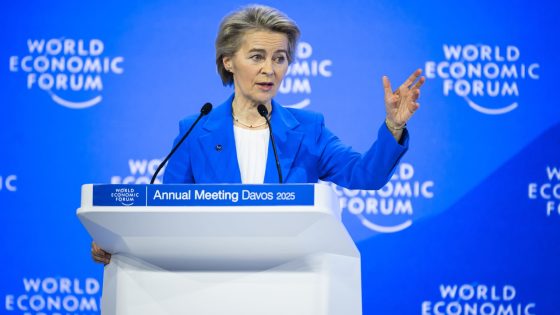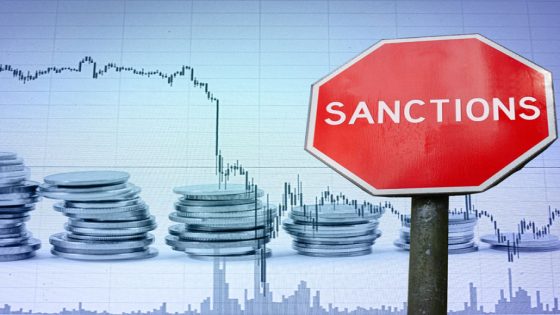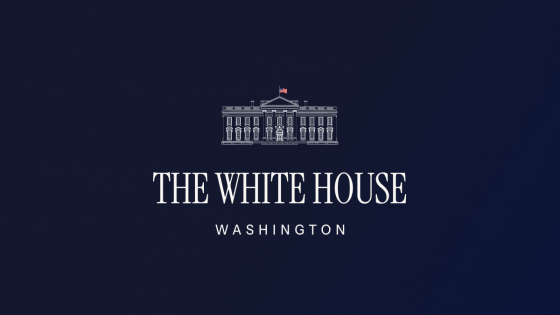On March 26, 2025, the U.S. government announced the addition of dozens of Chinese entities to its export blacklist. This action aims to restrict the capabilities of these companies in artificial intelligence and semiconductor technology, reflecting ongoing tensions between the U.S. and China.
- US adds Chinese entities to export blacklist
- Over 50 companies targeted for AI, chip limits
- New export restrictions due to security concerns
- Inspur units included in blacklist updates
- Trade restrictions focus on Chinese entities
The move underscores the U.S. commitment to safeguarding national security by limiting access to critical technologies that could enhance China’s military and technological advancements.
The U.S. Department of Commerce has taken significant steps to impose export restrictions on multiple Chinese technology firms. This latest action is part of a broader strategy to address national security concerns regarding China’s advancements in artificial intelligence and semiconductor production. The companies added to the blacklist include major players in the tech industry, such as Inspur.
Key points of the blacklist include:
- Over 50 companies targeted for their potential contributions to military applications.
- Restrictions aimed at preventing the transfer of sensitive technology to China.
- Increased scrutiny on firms involved in AI and semiconductor development.
This blacklist is not the first of its kind, as the U.S. has previously restricted various Chinese firms under similar justifications. The ongoing trade tensions have led to a series of sanctions and counter-sanctions, affecting global supply chains and international relations.
As the U.S. continues to enforce these restrictions, it remains to be seen how China will respond. The implications of these actions may further escalate the technological rivalry between the two nations, impacting not only the companies involved but also the broader global technology landscape.
The U.S. government’s decision to blacklist these Chinese entities highlights its ongoing efforts to control the flow of technology that could enhance China’s military capabilities. This move is part of a larger pattern of trade restrictions that are reshaping the global technology landscape.

































